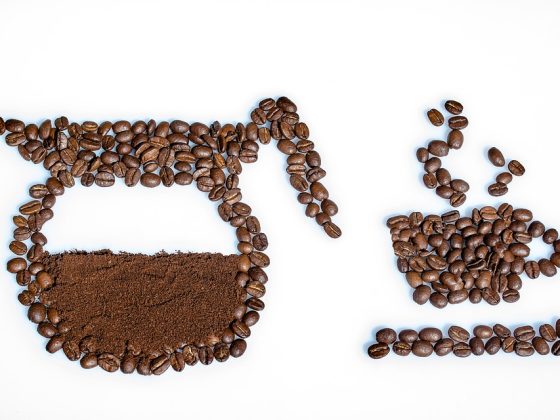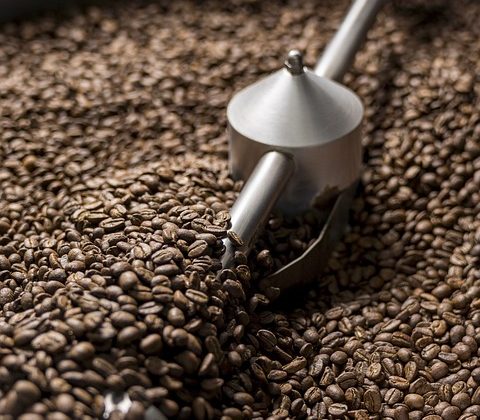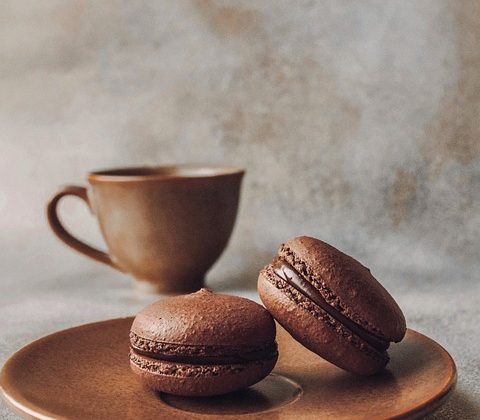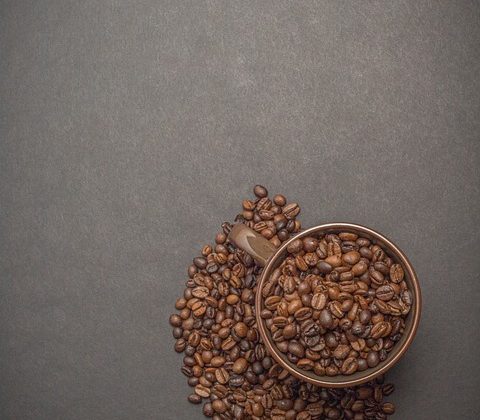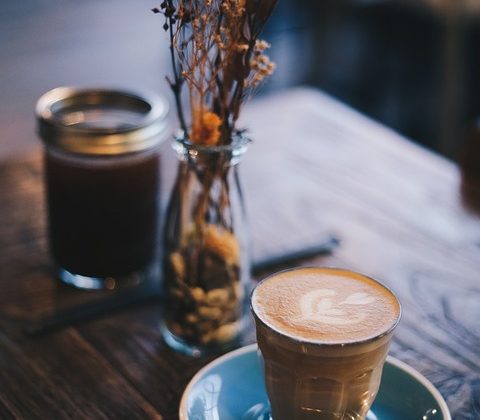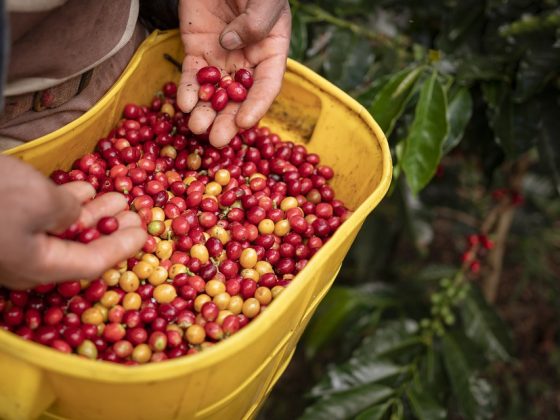Coffee is one of the most popular beverages in the world, enjoyed by millions of people every day. But have you ever stopped to think about where your morning cup of coffee comes from? The journey from bean to brew is a fascinating one, taking us through the diverse and unique coffee growing regions around the world.
From the lush mountains of Ethiopia to the volcanic soil of Indonesia, each coffee growing region has its own distinct flavor profile and characteristics. Let's take a journey through some of the most prominent coffee growing regions and explore what makes each one special.
Ethiopia
Ethiopia is widely regarded as the birthplace of coffee, with a rich history dating back thousands of years. The country is home to a wide variety of coffee varieties, including the highly prized Ethiopian Yirgacheffe and Sidamo beans. Ethiopian coffee is known for its bright acidity, floral notes, and complex flavors, making it a favorite among coffee enthusiasts.
The coffee growing regions of Ethiopia are largely found in the southern and western parts of the country, where the altitude and fertile soil provide ideal growing conditions for coffee plants. Many coffee farmers in Ethiopia still use traditional methods of cultivation, hand-picking the ripe coffee cherries and drying them on raised beds in the sun.
Colombia
Colombia is another famous coffee growing region, known for its high-quality arabica beans. The country's coffee industry has been a major part of its economy for centuries, with Colombian coffee often being referred to as some of the best in the world. Colombian coffee is characterized by its mild acidity, balanced flavor profile, and smooth finish.
The coffee growing regions of Colombia are located in the Andes mountains, where the cool temperatures and high altitude help to create optimal growing conditions for coffee plants. The country is divided into several distinct coffee growing regions, each with its own unique microclimate and flavor characteristics.
Brazil
Brazil is the largest coffee producer in the world, accounting for over a third of global coffee production. The country is known for its vast coffee plantations and diverse range of coffee varieties, with Brazilian coffee often being used as a base in many coffee blends. Brazilian coffee is prized for its nutty, chocolatey flavors and full-bodied mouthfeel.
The coffee growing regions of Brazil are spread across the country, with the majority of coffee production coming from the states of Minas Gerais and Sao Paulo. The hot, tropical climate of Brazil provides ideal conditions for coffee farming, with many farms using mechanized harvesting methods to increase efficiency.
Indonesia
Indonesia is home to some of the most unique and sought-after coffee varieties in the world, including the famous Indonesian Kopi Luwak. The country's volcanic soil and tropical climate create a distinctive flavor profile in Indonesian coffees, with notes of earthiness, spice, and sweetness. Indonesian coffee is often processed using the “wet-hulling” method, which results in a bold and intense cup of coffee.
The coffee growing regions of Indonesia are found on the islands of Sumatra, Java, and Sulawesi, where the high altitude and rich volcanic soil provide ideal growing conditions for coffee plants. Many Indonesian coffee farmers still use traditional methods of cultivation, hand-picking the ripe coffee cherries and drying them on patios.
Conclusion
The journey from bean to brew is a complex and fascinating one, taking us through some of the most diverse and unique coffee growing regions in the world. Each region has its own distinct flavor profile and characteristics, shaped by the climate, soil, and cultivation methods used by local coffee farmers.
Whether you prefer the bright acidity of Ethiopian coffee, the smooth finish of Colombian coffee, the full-bodied richness of Brazilian coffee, or the bold intensity of Indonesian coffee, there is a coffee growing region out there to suit every taste preference.
FAQs
1. What is the best coffee growing region in the world?
There is no single “best” coffee growing region in the world, as each region has its own unique flavor profile and characteristics. However, some of the most highly regarded coffee growing regions include Ethiopia, Colombia, Brazil, and Indonesia.
2. How do different growing regions affect the flavor of coffee?
The flavor of coffee is influenced by a variety of factors, including the altitude, climate, soil, and cultivation methods used in each growing region. For example, coffee grown at high altitudes tends to have a more complex and nuanced flavor profile, while coffee grown in tropical climates may have more fruity or spicy notes.
3. Are all coffee beans the same?
No, there are two main types of coffee beans – arabica and robusta. Arabica beans are generally considered to be of higher quality, with a smoother flavor and lower caffeine content. Robusta beans are typically used in espresso blends and have a stronger, more bitter taste.
4. What is the difference between single origin and blend coffee?
Single origin coffee is made from beans sourced from a single region or farm, resulting in a more consistent and unique flavor profile. Blend coffee, on the other hand, is made from a mixture of beans from different regions, allowing roasters to create a more complex and balanced flavor profile.


